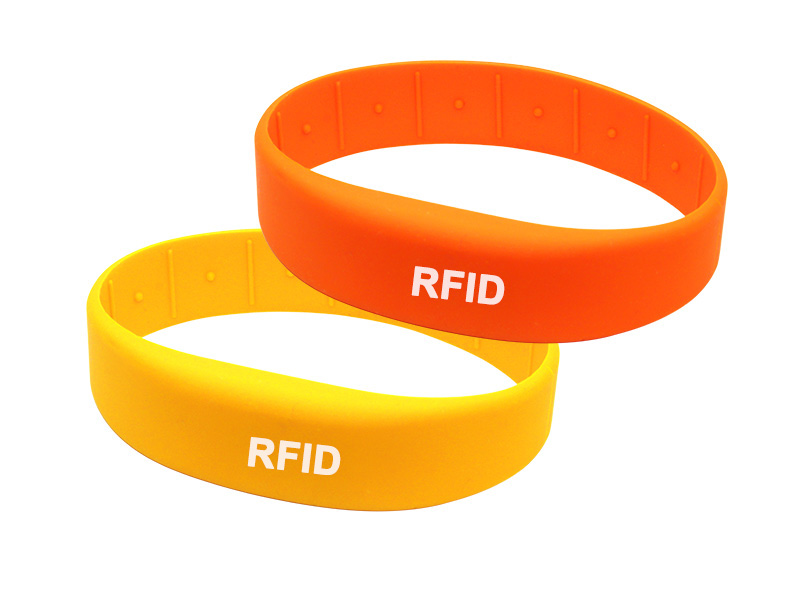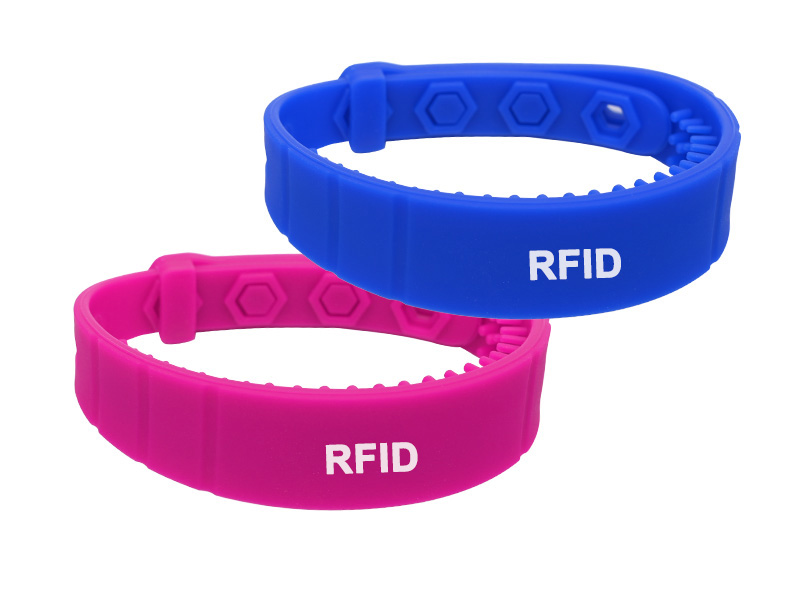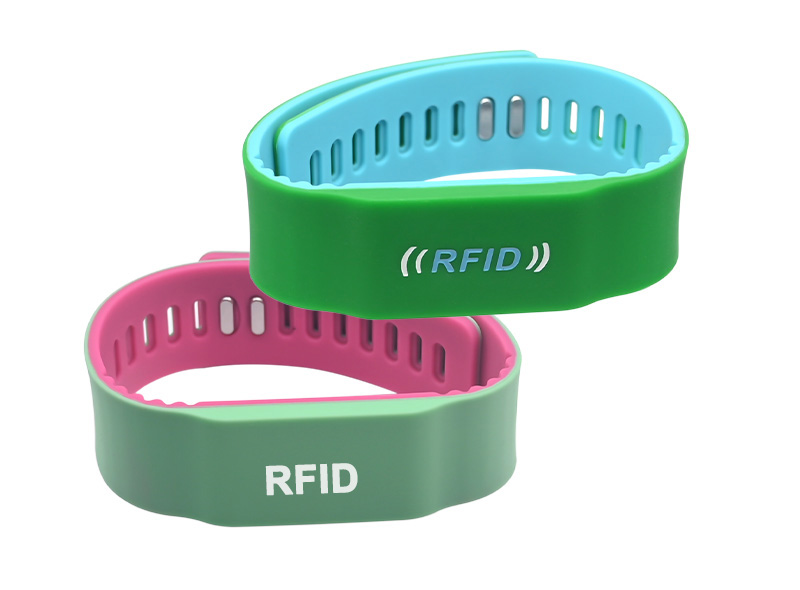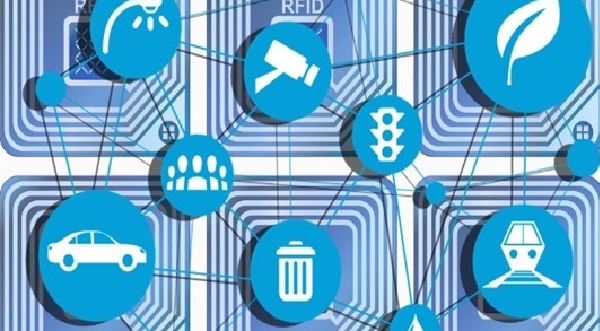Introduction to RFID active, passive, and semi-active tags
 According to whether there is a battery on the label, it can be divided into passive tags, active tags, and semi-active tags.
According to whether there is a battery on the label, it can be divided into passive tags, active tags, and semi-active tags.
Passive tags are RFID tags in the usual sense, which are passive tags with main frequencies of 125K, 13.56M, and 915M. Without the need for an external battery, passive RFID tags are smaller in size, lower in cost, and have a longer lifespan compared to active RFID tags. However, due to the fact that passive RFID tags do not come with batteries and must be within the effective reading range of the reader/writer in order to function, their recognition distance is generally relatively short. Mainly used in logistics, train tickets, access control, etc.
Active RFID tags are active tags with main frequencies of 2.4G and 5.8G. The tag contains a battery and uses a dedicated RF chip, which generally has a long reading distance (hundreds of meters). The disadvantage is that the battery life is limited, and active electronic tags have a larger volume and higher cost compared to passive ones. Currently, they are generally used in vehicle management, shipping management, and mine management.







 According to whether there is a battery on the label, it can be divided into passive tags, active tags, and semi-active tags.
According to whether there is a battery on the label, it can be divided into passive tags, active tags, and semi-active tags.


